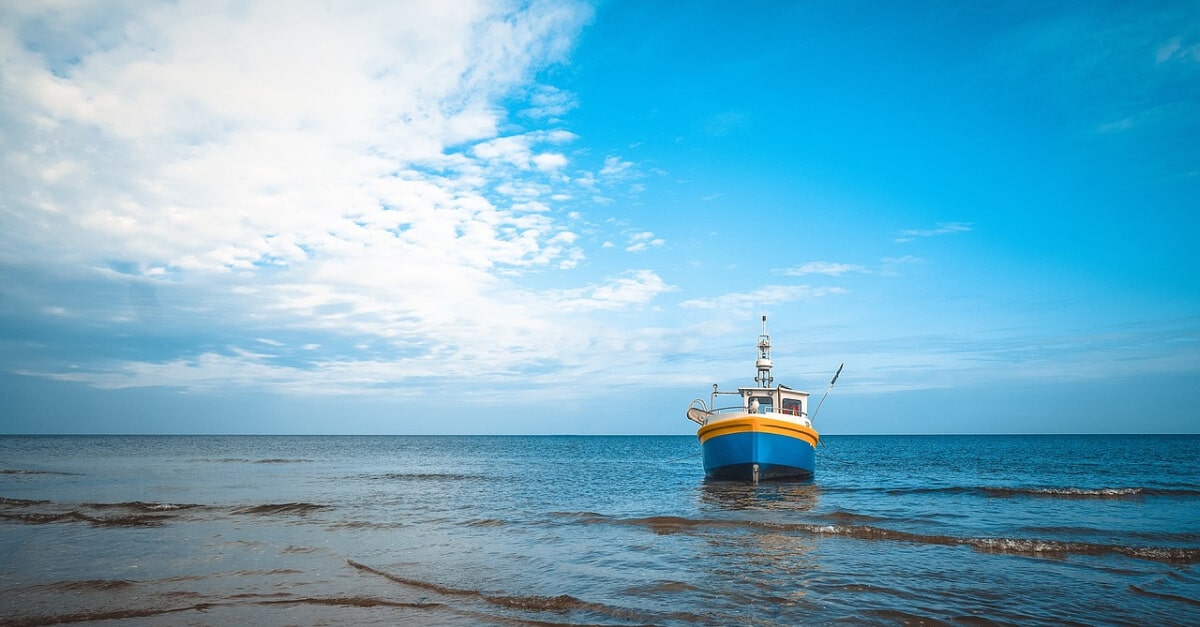Hyundai Motorstudio Senayan Park
Hyundai Motorstudio Senayan Park
Newsroom
The official news from Hyundai Motorstudio Senayan Park and a collection of innovative articles on mobility and sustainability here.
-
Sustainable Fisheries Targets and Programs in Indonesia
- Hyundai Motorstudio Senayan Park Senayan Park 2022.10.20
-
In early 2019, the Indonesian government stated that the target for the domestic fishing industry was to become sustainable. With more than 7 million tons of capture fisheries each year, Indonesia is a country with a population of which part of the work is the second largest fisherman in the world after China.
Most of the fishery products caught are used for domestic purposes. It is estimated that the Indonesian population consumes fish and seafood more than 3 times the average consumption in the world.
Of course everything has consequences, according to the Ministry of Maritime Affairs and Fisheries, as much as 90% of fishing vessels that catch fish in waters where there has been overfishing or known as overfishing .
Indonesian waters are home to 37% of the world's marine species, unfortunately many of which are threatened with extinction due to fishing activities. For example, shrimp are overfished in more than 2/3 of Indonesian waters, so the population is increasingly scarce. This quota has exceeded the limit in a number of catchment areas in Indonesia.
Subsidies for Fishing
Subsidies to the Indonesian fishery sector, such as tax reductions with lower fuel prices, are seen as contributing to the increasing number of catches in recent years.
Scientists have criticized that these subsidies are not well-targeted and could lead to overfishing, damage to marine areas or loss of biodiversity.
This can happen when fishing continues without paying attention to the level of sustainability or when these subsidies encourage dangerous fishing practices.
According to a study at the University of British Columbia in Canada, more than 60% of global subsidies in the fishing industry are potentially harmful to the oceans.
Sustainable Fisheries Subsidy
Currently, the number of subsidies for sustainable fisheries in Indonesia is relatively higher compared to other developing countries. Although almost 95% of ships operating in Indonesian waters are small-scale vessels.
However, experts explain that those who benefit from sustainable fisheries subsidies are mostly fishing fleets from large-scale industries.
Sustainable fisheries subsidies that are targeted and beneficial are considered to be able to help maintain biodiversity while protecting ecosystems. In Indonesia, about 1/3 of sustainable fisheries subsidies have so far been used for more sustainable purposes.
Part of this sustainable fisheries fund is used to promote protected marine areas in order to protect ecosystems that are threatened by human exploitation.
Examples of Sustainable Fisheries Subsidies
An example of this sustainable fisheries subsidy can be seen in Raja Ampat Regency, West Papua.
There, several areas have been designated as marine protected areas in 2004, which currently have an area of 4.6 million hectares and are considered to be protected areas with the most biodiversity in the world.
Raja Ampat is home to more than 1600 species of fish and thousands of corals. The abundance of fish has finally attracted the attention of many tourists. However, there are also some poachers who cause damage because they fish with dynamite.
However, not all places can be designated as marine protected areas. Moreover, with a large part of the industry reliant on sustainable fisheries subsidy funds, there is a risk of economic collapse if sustainable fisheries subsidies are simply removed.
It is estimated that there are around 7 million people working in the Indonesian fishing industry. If the government suddenly stops all subsidies that are considered to be detrimental to the environment, these small fishermen will suffer.
Therefore, the government needs to plan this initial step carefully by gradually changing the allocation of funds to one that is more environmentally friendly while continuing to ensure the viability of the economic industry.
Politics of Inhibiting Sustainable Fisheries
All steps in changing the direction of fisheries subsidies to become sustainable are indeed not easy to do.
Since 2014, the Indonesian government has used radical methods on illegal vessels, sinking more than 300 foreign and domestic vessels in the span of four years.
According to a study by the ministry and American and Indonesian researchers from various universities, the number of foreign vessels catching fish has decreased by a quarter, but it is the turn of local fishermen who are more active.
At the time, the researchers were monitoring an overall recovery in fish stocks, but this increase in stocks has prompted more local fishermen to fish.
Without Monitoring Data is More Difficult
Another important problem that Indonesia has to face is the lack of reliable data to monitor compliance with regulations so that it can make decisions that protect the ocean.
With the size of the Indonesian archipelago, there are about 17,500 islands with more than 1/2 million fishing vessels, which makes monitoring efforts complicated and difficult. Most of these ships do not have electronic devices to facilitate tracking.
In this case, several pilot projects can be used as solutions. For example with FishFace, which will automatically record the full catch with the species using a camera connected to the boat.
This technology can enable remote monitoring in real time or live. This development will restore the optimism of observers in ensuring the protection of the sea.
Well, those were some explanations about the targets and programs for sustainable fisheries in Indonesia. Hopefully the steps taken by the government in this sustainable fisheries program will go well.
Thus, the biodiversity and ecosystems that exist throughout Indonesia's oceans are maintained and fair to excessive fishing activities.




